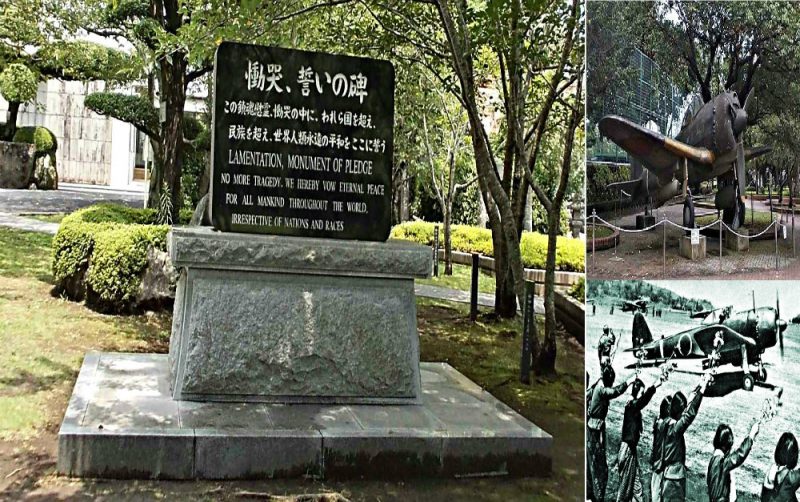A city in Japan, which played a role during the Second World War as the launching base for kamikaze suicide attacks during the last months of the said conflict, seeks UNESCO recognition for the documents it has in its hands connected to that part of WWII history.
The mayor of Minamikyushu, Kampei Shimoide, along with the others who are associated with the said project stated that they are hoping to register the collection of documents to the UNESCO Memory of the World. In this way, they added, the horrors and suffering related to the Second World War- particularly the suicidal kamikaze attacks – will not go unremembered by the world’s future generations.
The tea-farming town of Chiran in the Japanese city of Minamikyushu was the site of a base of the Imperial Japanese Army which became the launching location of hundreds of kamikaze attacks during the Battle of Okinawa which occurred in the last months of the Second World War.
As a matter of fact, the town houses the Chiran Peace Museum, an institution built as a memorial to these kamikaze pilots. The collection of documents are kept in this museum.
“The documents serve as a reminder of the extremes people are driven to in such desperate conditions. We believe they are an invaluable record of the horror of war,” said Mutsuo Kuwashiro, the curator of the museum who also serves as an adviser to the city government as well.
It has been seventy years since Japan’s defeat during World War Two but the country’s wartime legacy still stirs sensitivities from its neighboring countries particularly China and South Korea. Many in Japan are afraid that memories of the suffering the country caused during the war could go lost along with the passing of its older generation. Additionally, there are those inside and outside Japan who worry about the possibility that the country’s monuments and artifacts related to the Second World War would be used to glorify it.
Among the collection the Chiran Peace Museum wants included in UNESCO’s Memory of the World registry are the “hachimaki” headbands written by family and friends of the kamikaze pilots as well as the farewell messages and tragic letters written by the pilots themselves who embarked in the suicidal missions expecting to die, their fighter planes carrying only enough fuel to reach their targets.
“Take courage, forget the past, and find new ways to be happy in the future,” said one such heartbreaking letter penned by one kamikaze mission pilot by the name of Toshio Anazawa to his fiance, Chieko. Anazawa was only 23 years old when he died.
However, to formally apply for the UNESCO Memory of the World, the city of Minamikyushu must first gain the approval of the education ministry of Japan, something that has no surety of succeeding or not.
Nevertheless, M.G. Sheftall, a history professor at the Shizuoka University in Japan, made it clear that the group has promised to drop the plan if Japanese authorities try to distort the original purpose for the appeal.
